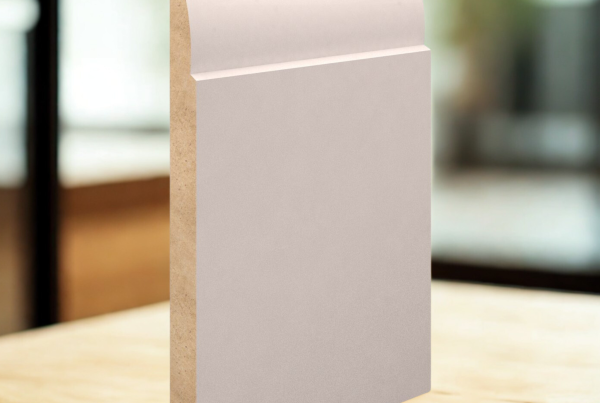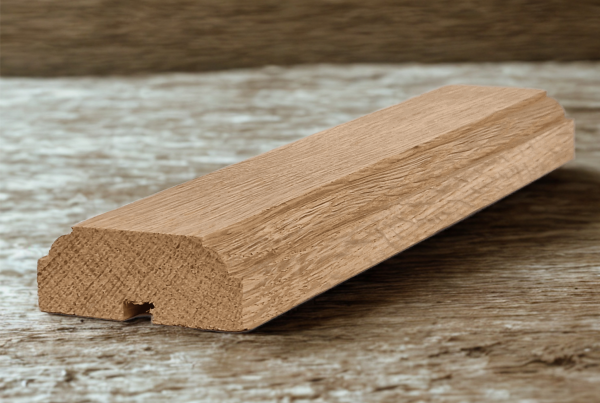 What is the new law on fire doors in the UK?
What is the new law on fire doors in the UK?
New law on fire doors. In recent years, the UK has dramatically tightened fire‑safety laws—particularly following the 2017 Grenfell Tower tragedy. Key legislation includes:
-
The Regulatory Reform (Fire Safety) Order 2005, defining the “Responsible Person” who must ensure fire‑door safety
-
The Fire Safety Act 2021, clarifying that flat‑entrance doors (not just communal doors) fall under Fire Safety Order responsibilities ventrogroup.com+4gov.uk+4en.wikipedia.org+4.
-
The Fire Safety (England) Regulations 2022, requiring routine inspections of fire doors in buildings over 11 m
-
Updates to Approved Document B (2025), which abolished outdated national fire‑rating standards (BS 476) in favour of the European BS EN 13501 and mandated sprinklers in new care homes
Together, these measures form the foundation of the latest 2025 regulations for UK fire doors.
The core changes of 2025
1. New fire‑door inspection frequencies
-
Communal fire doors in multi‑occupied residential buildings (over 11 m tall):
-
Must undergo quarterly inspections gov.uk+13ventrogroup.com+13innovus.co.uk+13.
-
-
Flat entrance fire doors:
-
Must be inspected annually en.wikipedia.org+7ventrogroup.com+7bradbury-group.com+7.
-
-
Commercial buildings and high‑traffic areas:
-
Best practice suggests inspections at least every six months gov.uk+3bradbury-group.com+3ironmongerydirect.co.uk+3.
-
Each inspection must confirm closers, hinges, intumescent strips, smoke seals, frame gaps, glazing (if any), and leaf/frame integrity are all functioning to standard en.wikipedia.org+5innovus.co.uk+5keepshutlondon.co.uk+5.
2. Information provided to residents and occupants
The “Responsible Person” must now provide clear guidance, at move‑in and annually, covering:
-
What a fire door is and why it matters.
-
Responsibilities to keep doors closed, free of tampering, and report faults gov.uk+5ventrogroup.com+5assets.publishing.service.gov.uk+5en.wikipedia.org+14keepshutlondon.co.uk+14london-fire.gov.uk+14.
3. Enhanced technical requirements
-
Only BS EN 13501 fire‑door ratings are now valid; older BS 476 classifications have been withdrawn appeng.co.uk+4gov.uk+4ukredsecurity.co.uk+4.
-
Doors must be certified to relevant FD ratings (30, 60, 90 minutes, etc.), including smoke resistance where needed bradbury-group.com+1en.wikipedia.org+1.
-
Installation must adhere to BS 8214:2016, ensuring correct leaves, seals, frames, gaps, glazing and hardware bradbury-group.com+2en.wikipedia.org+2keepshutlondon.co.uk+2.
4. Record‑keeping & defect‑remediation deadlines
-
Exact digital records of all inspections, maintenance and remedial actions are required
-
Identified faults must be addressed quickly:
-
14 days for issues in commercial properties.
-
30 days for residential buildings
-
5. Sprinklers & Approved Document B updates
-
Approved Document B amendments (effective 2 March 2025) require:
-
Removal of national fire rating systems.
-
Mandatory sprinklers in all new care‑home builds en.wikipedia.org+8gov.uk+8assets.publishing.service.gov.uk+8.
-
Reinforced Regulation 38 (handover of fire‑safety documentation) assets.publishing.service.gov.uk+1ukredsecurity.co.uk+1.
-
Why these changes matter
1. Fire doors save lives
Fire doors are key to preventing fire and smoke spread, aiding safe escape, and enabling firefighter intervention ukredsecurity.co.uk+4london-fire.gov.uk+4innovus.co.uk+4.
2. Accountability & legal risk
Negligence—whether through failure to inspect, record, or maintain fire doors—puts property owners and managers at risk of:
-
Prosecution under the Fire Safety Order.
-
Civil liability in the event of fire.
-
Insurance invalidation due to non‑compliance
3. Raising industry standards
Moving to BS EN 13501 aligns UK regulations with stronger European performance testing squared-circle.uk+10gov.uk+10appeng.co.uk+10.
Implementing the law: what Responsible Persons must do
| Step | Action | Details |
|---|---|---|
| 1 | Identify responsible party | Usually the landlord, owner, or managing agent, according to Fire Safety Order & Fire Safety Act innovus.co.uk+1gov.uk+1 |
| 2 | Audit all fire doors | Note their type, location (communal vs flat), certification and last inspection |
| 3 | Set up inspection schedule | Quarterly for communal, annually for flat entrances; more frequently for commercial/high‑traffic |
| 4 | Provide occupant info | At move-in and yearly: why fire doors matter, how to use them, what to report |
| 5 | Digital record system | Log inspections, issues, repairs and remedial timelines |
| 6 | Work with competent contractors | Use accredited fire‑door inspectors and installers familiar with BS single‑leaf firesets |
| 7 | Update specs & upgrades | Ensure all new / replacement doors meet European standards and installation rules (BS 8214) |
| 8 | Respond to audit & enforcement | Be ready to show inspection logs; act quickly on non-compliances to avoid penalties |
What lies ahead – new law on fire doors
2026–2029 timeline
-
Sept 2026: Second‑stair requirements for residential buildings over 18 m en.wikipedia.org+3ukredsecurity.co.uk+3gov.uk+3.
-
Sept 2029: Final phasing‑out of BS 476 references for fire resistance
Wider implications
-
Fire-door enforcement will become central to the New Building Safety Regulator’s oversight under the Building Safety Act 2022 en.wikipedia.org+1ukredsecurity.co.uk+1.
-
Inclusion of flat doors and external walls in fire‑risk assessments under Fire Safety Act 2021 makes fire-door compliance even more obligatory gov.uk.
Summary: What building managers & landlords must do
-
🔍 Audit all fire‑door assets.
-
📅 Schedule inspections: quarterly (communal), annually (flat entrances).
-
🧭 Train staff and inform residents about fire‑door responsibilities.
-
🧾 Digitize record‑keeping and track remedial deadlines.
-
🧱 Ensure installations and replacements follow BS 8214 and BS EN 13501.
-
🛠️ Prompt repairs within 14/30‑day windows.
-
🏗️ Deliver Fire Safety info at any work completion per Regulation 38.
-
🌐 Prepare for upcoming stair/sprinkler mandates in 2026–29.
New Law on Fire Doors – Final thoughts
The new 2025 UK fire‑door laws mark a significant shift toward proactive, accountable, and safer building management. Responsibility is placed firmly—and legally—on those in control to ensure fire doors are properly installed, maintained, and documented. Non-compliance isn’t just a fine—they safeguard lives and could be a matter of life and death.
By auditing your building, setting up inspection regimes, working with certified professionals, and keeping accurate records, you can ensure compliance and peace of mind—and most importantly, protect occupants.
Want help implementing this?
-
Consult certified fire‑door inspection companies.
-
Access templates for inspection logs and resident info packs.
-
Stay updated via the Government’s guidance: Fire Safety (England) Regulations 2022, Approved Document B (2025), and the Fire Safety Act 2021.
Check out our full range of Fire Doors here.



